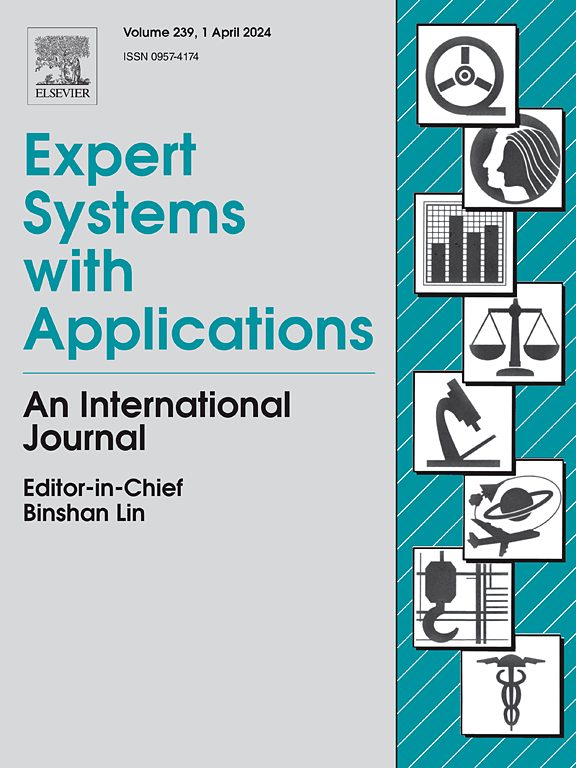AGGNM Vis: Allosteric pocket prediction based on multidimensional feature comparison visual analysis
IF 7.5
1区 计算机科学
Q1 COMPUTER SCIENCE, ARTIFICIAL INTELLIGENCE
引用次数: 0
Abstract
Accurate identification of allosteric pockets is key to the development of allosteric drugs. Pockets within the same protein often have certain topological connections, and traditional methods that rely on static features to predict allosteric pockets may ignore the topological relationships between pockets. To address this issue, this paper proposes a new visual analysis method called AGGNM Vis. Firstly, to address the weakness in model prediction due to the lack of dynamic pocket features, static and dynamic features of pockets are calculatedand integrated as multidimensional features of pockets. Then, an allosteric pocket prediction method named AGGNM is constructed based on AutoGluon. Secondly, to solve the problem of missing potential allosteric pockets due to the lack of topological relationship analysis between pockets, AGGNM Vis conducts multi-scale comparative visual analysis on the allosteric pockets predicted by AGGNM and other pockets. The analysis compares spatial correlations, feature values, and spatial structures between pockets, assisting users in identifying potential allosteric pockets. This provides a new research perspective for allosteric pocket prediction. The experimental results show that AGGNM Vis can effectively predict the allosteric pocket, which is helpful for the development of allosteric drugs.
AGGNM Vis:基于多维特征对比视觉分析的变构口袋预测
准确识别变构口袋是开发抗变构药物的关键。同一蛋白质内的小袋往往具有一定的拓扑联系,传统的依靠静态特征预测变构小袋的方法可能会忽略小袋之间的拓扑关系。为了解决这一问题,本文提出了一种新的可视化分析方法AGGNM Vis。首先,针对缺乏动态口袋特征在模型预测中的不足,将口袋的静态和动态特征作为口袋的多维特征进行计算和集成;然后,基于AutoGluon构造了一种变构袋预测方法AGGNM。其次,为了解决由于缺乏对口袋之间拓扑关系的分析而导致潜在变构口袋缺失的问题,AGGNM Vis对AGGNM预测的变构口袋与其他口袋进行了多尺度的对比视觉分析。该分析比较了口袋之间的空间相关性、特征值和空间结构,帮助用户识别潜在的变构口袋。这为变构袋预测提供了新的研究视角。实验结果表明,AGGNM - Vis能有效预测变构口袋,有助于变构药物的开发。
本文章由计算机程序翻译,如有差异,请以英文原文为准。
求助全文
约1分钟内获得全文
求助全文
来源期刊

Expert Systems with Applications
工程技术-工程:电子与电气
CiteScore
13.80
自引率
10.60%
发文量
2045
审稿时长
8.7 months
期刊介绍:
Expert Systems With Applications is an international journal dedicated to the exchange of information on expert and intelligent systems used globally in industry, government, and universities. The journal emphasizes original papers covering the design, development, testing, implementation, and management of these systems, offering practical guidelines. It spans various sectors such as finance, engineering, marketing, law, project management, information management, medicine, and more. The journal also welcomes papers on multi-agent systems, knowledge management, neural networks, knowledge discovery, data mining, and other related areas, excluding applications to military/defense systems.
 求助内容:
求助内容: 应助结果提醒方式:
应助结果提醒方式:


